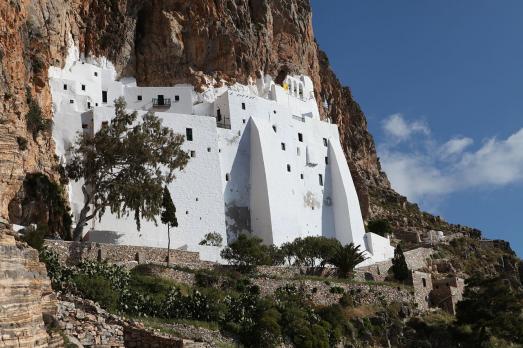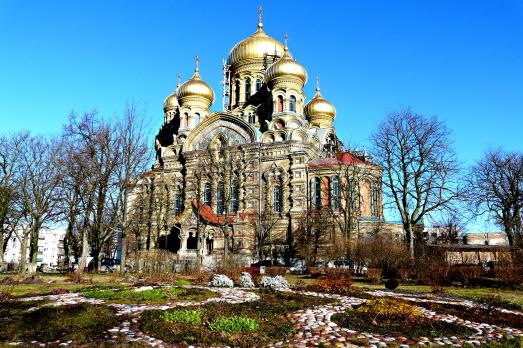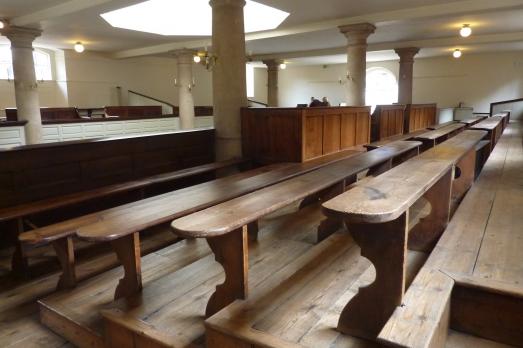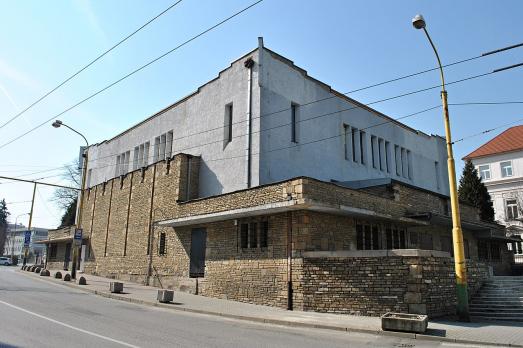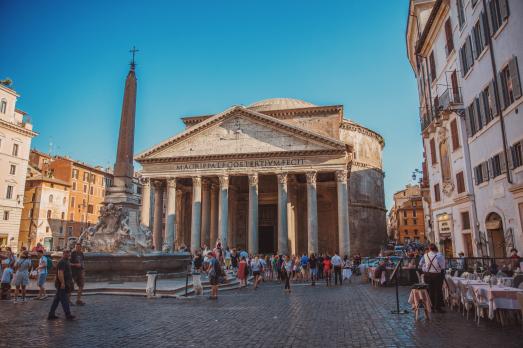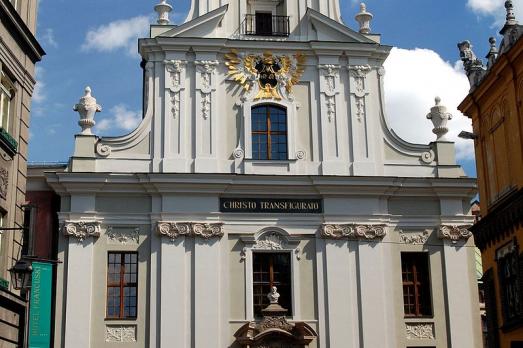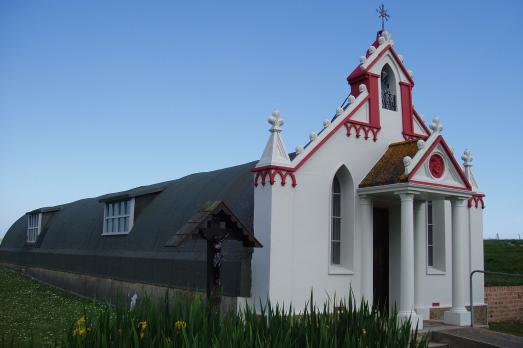
The Italian Chapel
Lamb Holm, GB
Very soon after the Second World War was declared many Italian Soldiers were captured in North Africa. Over 1000 prisoners were transported to Orkney to assist with the construction of the Churchill Barriers being built to make Scapa Flow, the base for the home fleet more secure, following the sinking of HMS Royal Oak with the loss of over 800 British sailors.


